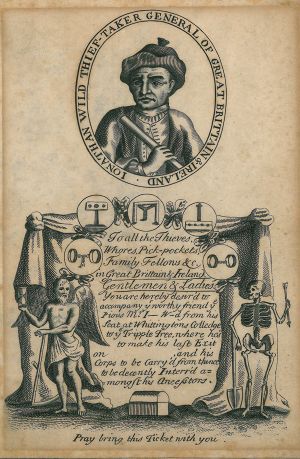Public punishment

Public punishment
Although most forms of entertainment have evolved and continued over time, some once-popular forms are no longer as acceptable. For example, during earlier centuries in Europe, watching or participating in the punishment of criminals or social outcasts was an accepted and popular form of entertainment. Many forms of public humiliation also offered local entertainment in the past. Even capital punishment such as hanging and beheading, offered to the public as a warning, were also regarded partly as entertainment. Capital punishments that lasted longer, such as stoning and drawing and quartering, afforded a greater public spectacle. "A hanging was a carnival that diverted not merely the unemployed but the unemployable. Good bourgeois or curious aristocrats who could afford it watched it from a carriage or rented a room."[1] Public punishment as entertainment lasted until the 19th century by which time "the awesome event of a public hanging aroused the[ir] loathing of writers and philosophers".[1] Both Charles Dickens and William Makepeace Thackeray wrote about a hanging in Newgate Prison in 1840, and "taught an even wider public that executions are obscene entertainments".[1]
References
| Forms of Entertainment topics |
|---|
Games • Literature • Magic • Music • Parades • Performance • Public punishment • Shopping • Sports • Storytelling • Street performance • Theater |
External links
Chat rooms • What links here • Copyright info • Contact information • Category:Root